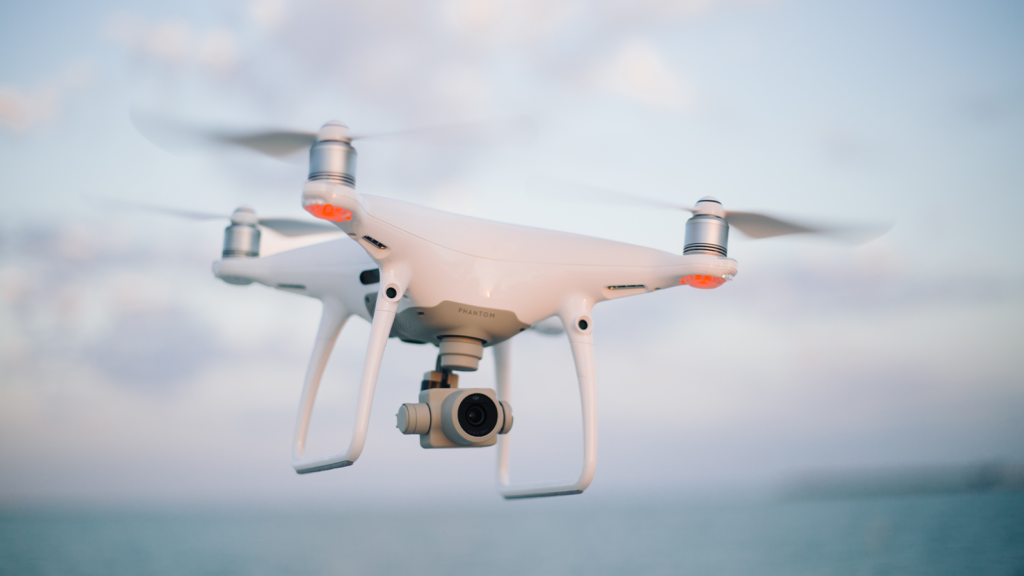Vetted Technology Resilience
Researchers across GRI come into regular contact with the latest technology to aid in the mitigation of potentially disruptive threats, managing an emergency response, and optimizing recovery and adaptation in the aftermath of disasters. These technological solutions generally fall into two categories: decision-support and communication tools and analysis tools.
Decision-Support and Communication Tools
This type of technology is especially useful when tailored for mitigating and managing hazards through automated monitoring and assessment of interdependencies, vulnerabilities, and critical infrastructure. Examples include:
- Drones equipped with advanced sensors and AI algorithms to automatically assess the condition of critical infrastructure before and after a disaster.
- Social media software that monitors and predicts individual and community resilience during and after a disaster.
- A network of sensor devices that can be deployed to remotely monitor and guide the efficient management of flood or seismic event protection systems.
- Mobile phone driven WiFi mesh networks that can form on an ad hoc basis, when they are needed, allowing users to stay in touch without relying on the telecom infrastructure.
Analysis Tools
Analytical tools are helpful in creating a clearer picture of a complex system, program, community, or enterprise by making sense of data so as to facilitate planning and conducting operations.
- Combining publicly available datasets with geospatial data to describe and predict resilience measures and challenges of populations, communities, and infrastructure.
- Provide a preliminary indication of the likely resilience benefits to be derived from infrastructure or program investments in enterprises and their host communities through a robust data capture methodology, an evidence-based, resilience indicator assessment, and a dynamic and proven community engagement process.


